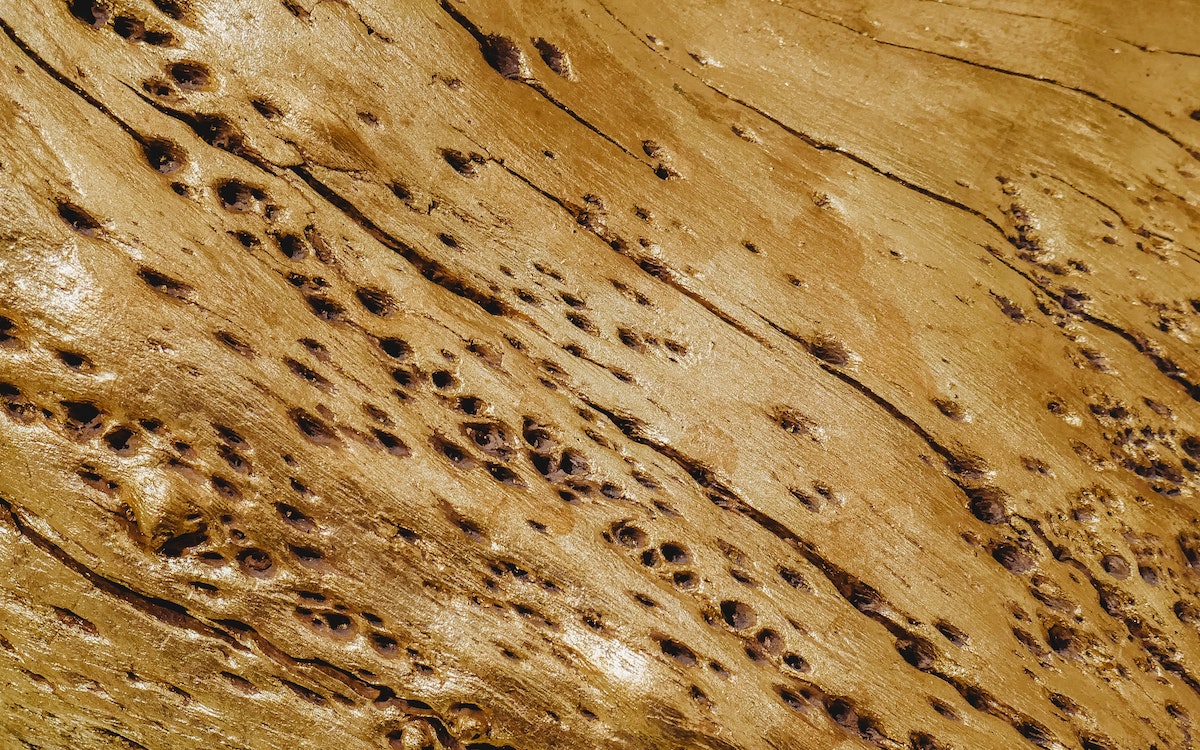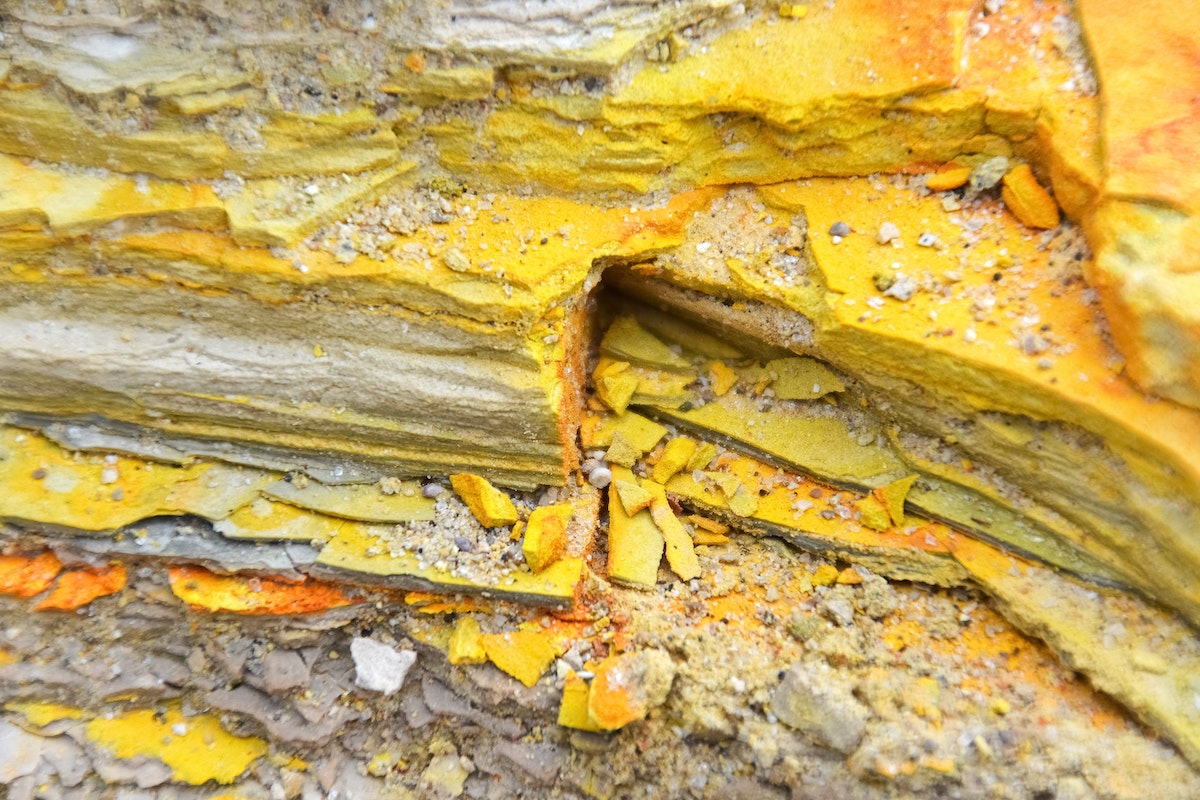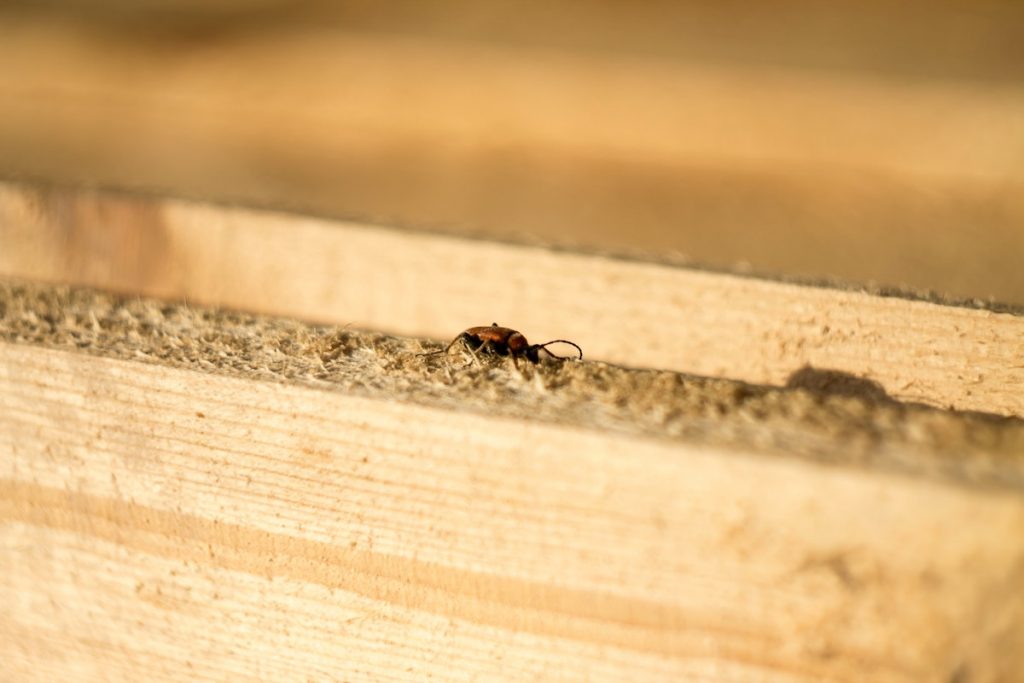Even the most beautiful and stable residential property isn’t free from issues: a heating system failing in the middle of the winter, a leaking roof or your water heater can give up on you. These issues are problematic but if there’s one issue that you really don’t want to encounter, it’s termite damage.
Small yet destructive, termites can cause extensive damage before you even realize that you have a pest problem. From the outside, your home looks sturdy but on the inside, the termites are destroying the foundation of your home.
Termites work slowly, but their damage to your home will be extensive. Avoid serious pest problems in the future with a termite inspection ASAP.
What are the Signs of Termites in Your Home?
A typical termite inspection — whether DIY or done by a professional — is a preventive measure that looks for signs of an infestation, which include the following:
- Mud tubes on the wall. Termite tubes are the common signs of an infestation. Subterranean termites, specifically, build tubes out of mud, debris and dirt to get their food without being seen. These termite tubes are the size of a coin and are often found on the interior and exterior walls that lead up the entry points of your home.
- Tunnels in the wood. Also known as ‘termite galleries,’ these tunnels are quite difficult to spot, especially from the outside.
- Hollow or papering sounding timber. Termites usually consume wood from the inside out, leaving behind the paint or thin veneers. So, when you tap or knock on a termite-infested area, it will sound papery or hollow due to the parts of the wood being eaten by the pest.
- Discarded wings or sightings of flying termites. One of the first signs of an infestation is the presence of alates or termite swarmers. Another indication is when you discarded wings on the floors or windowsills.
- Termite droppings. Once the termites have eaten the wood, they leave behind grainy, brown-colored fecal mounds. These pellets are often spotted under infested wood.
A thorough termite inspection will reveal the presence of termites, as well as the severity of the problem. By knowing the extent of the damage and the type of termites you’re dealing with, you can create an anti-termite plan yourself or hire a termite exterminator to do the job.
How is a Termite Inspection Done?

It depends on the pest inspection route you’re going to take. Although a DIY inspection and a professional termite inspection have the same goal, they have different approaches to pest inspection. For one, a do-it-yourself inspection may be simpler compared to a termite exterminator’s method, which uses advanced tools and techniques.
At the end of the day, however, both methods share the same preparation requirements and basic processes.
Here’s a breakdown of both.
How to Prepare for a Termite Inspection
Preparing for a termite inspection isn’t as time-consuming or difficult as most homeowners think. But there are a few things you can do to ensure the inspection runs smoothly.
- Rearrange items in your home. Items you’ve stored under the sinks in the bathroom and kitchen must be moved to another area so you or a termite exterminator can check your water sources for termite activity. Inside your basement or garage, move all of your belongings two feet away from your wall. The same applies for items against the walls outside of your house.
- Take care of the landscaping. Trim any plants like bushes or reduce the ground cover that conceals the foundation or exterior walls of your home.
- Make it easy to access your attic. Remove anything that blocks the entrance of your attic. This is an important step, especially if you are hiring a termite exterminator to do the inspection. Apart from clearing the attic for the inspector, easy access to the attic ensures that no debris will disturb you or the exterminator from the inspection.
- Clear the crawl space. If your house stands on a raised foundation, clear your crawl space first. Clear items that will block the entrance and make sure nothing in the crawl space will impede you or the exterminator’s work.
What Happens During a Termite Inspection?
A pest inspection involves an hour and a half to two hours of a thorough inspection of your property. However, this time frame depends on the size of your home. A termite inspection also includes an inspection of the exterior and interior areas of your home, checking for visible signs of an infestation (e.g. broken wings, damaged wood, mud tubes and termite droppings).
You or an inspector will check the windows, walls, baseboards, door frames, crawl spaces and cabinets. Other areas included in the inspection list are the attic and garage. Your kitchen, bathroom and utility rooms also require special attention since subterranean termites use these places to access your home.
Outside your home, you or an inspector must closely look at the exterior walls, as well as examine the foundation. You must also check your yard and other surrounding properties to make sure there are no signs of termite activity.
Is a Termite Inspection Worth It?

Yes!
Initially, a termite inspection may seem like a pricey chore, which is why many homeowners choose to brush off the need for one. However, if termites are present in your home and you have no idea of their presence, they could cause extensive damage to your house.
A termite inspection, especially one done by a professional, prevents serious and expensive damages from happening. So, it’s best to spend on affordable pest control now than spend thousands on repairs and replacements in the future.
Are Termites Hard to Get Rid Of?
Not really, especially if the problem is detected early. Termite exterminators use different treatment methods to get rid of termites once and for all. After the termite inspection, they can recommend or perform the following:
- Termite insecticide. Exterminators spray the perimeter of your home with termite insecticide. They can also use this on your soil to prevent termites from getting inside of your home.
- Bait stations. These stations are strategically placed around your home to attract termites. Bait stations contain pesticide the kills termites and eradicate the colonies.
- Structural fumigation. Exterminators release a fumigant through the house to kill the termites. This solution works well against drywood termites.
You might be wondering if these solutions are harmful to you and your family. On the contrary, if used properly, these treatments are safe. But it’s best to have a professional do the work for you.
You can DIY these measures. The most effective treatment for an active infestation is a combination of installing a termite bait system and applying a soil/barrier termiticide treatment. A baiting program, however, requires a lot of effort, time and energy on your part, especially the installation and monitoring. If you do not monitor the baits properly, the system will fail.
Prevention is Better Than Cure: How to Prevent Infestation
If your termite inspection reveals that you don’t have an infestation problem, you can breathe a sigh of relief. Still, preventive treatment is better than cure. Instead of worrying about an infestation in the future, follow these good practices:
- Get rid of excess moisture. Avoid water from accumulating near your foundation. Also, repair leaky faucets and keep gutters clear from clogs.
- Keep your yard clean. Don’t let mulch, firewood or debris come into contact you’re your home’s exterior. If your property has dead trees or old tree stumps, remove them as soon as possible. Also, trim shrubbery and trees so they don’t touch your home’s wood surfaces. Maintain your garden regularly.
- Repair the roof and attic as soon as there’s an issue. Broken attic entrances and roof tiles can expose wooden beams, which provide termites with easy access.
- Schedule an annual inspection by a professional. Professional termite inspectors can spot signs of infestation that you may have missed. They can also recommend treatments for active infestation or preventive treatment.
A termite inspection is your first line of defense against an infestation. It should also be an important task on your home maintenance list. Instead of brushing off the signs of a potential termite infestation, have your home inspected today and enjoy a termite-free life.

